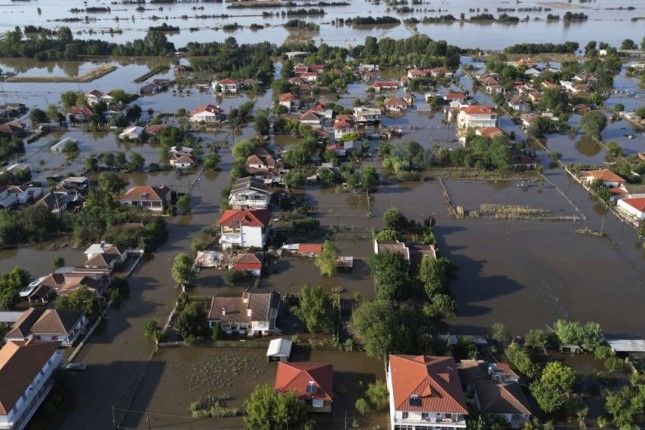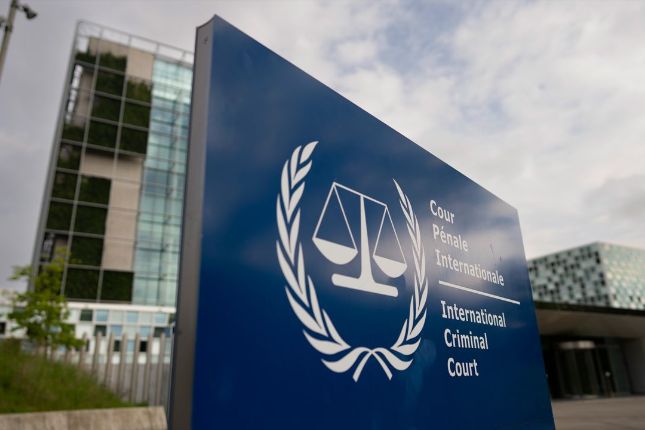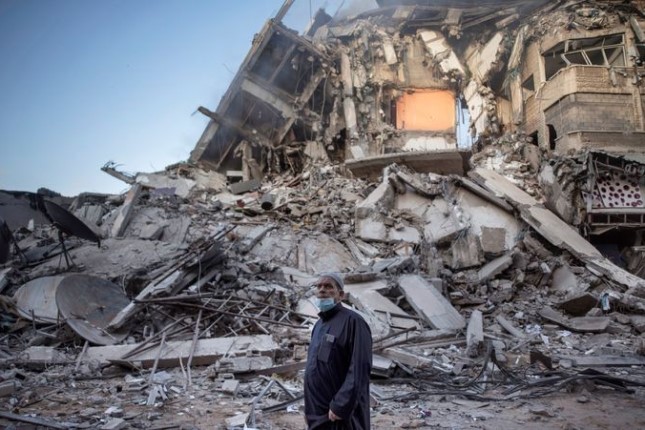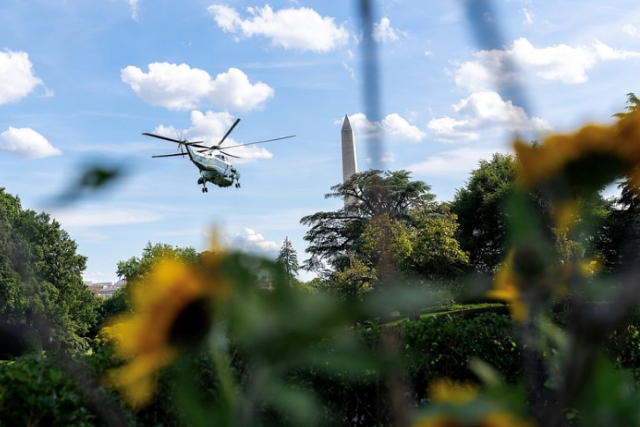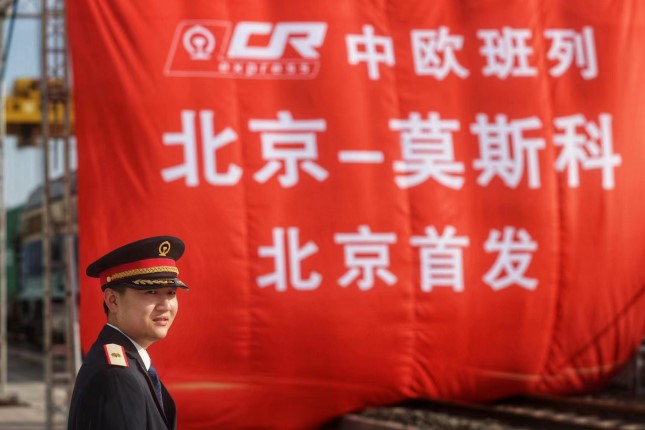Greece, Bulgaria, Turkey and most recently Libya have all suffered extensive flooding, with Storm Daniel the largest the Mediterranean tropical-like cyclone ever recorded. In Libya around 20,000 are feared dead.
Much of Thessaly was turned into a giant lake including parts of Larissa and Volos, the region’s largest cities. Given the large number of undocumented migrant workers employed as pickers in Thessaly’s agriculture industry, the real death toll is likely much higher.
Speaking live on SKAI TV last Friday, Yiannis Hatzis, a resident of the town of Palamas, said: “In one of the houses near to mine a grandmother has drowned and is floating in the water. Dead livestock animals are floating past like they are boats and three to four houses have been demolished. There is no co-ordinated response [from the government]. Help should have been provided from the beginning.”
Mayor of Palamas Giorgos Sakellariou was devastatingly frank in an interview on OPEN TV on September 6: “They told us they were going to send boats. [These were] paddle boats that can only take one other person… I’m sure people will drown. I have requested a helicopter since yesterday. 35 people are trapped in one village. Those people will drown.”
A week after the floods seven villages in Thessaly remained cut off, with significant areas of the local road network still underwater. These included parts of the Athens-Thessaloniki motorway, which is set to remain shut for most of this week. The rail network connecting Athens and Thessaloniki was also suspended.
The floods have also affected the water supply system leaving much of the region, including Volos (population 90,000 plus), with no access to drinking water. Power supply has been sketchy, with around 4,000 households across Thessaly receiving no electricity a week later.
Scientists have raised the alarm over the public health risks posed by stagnant flood waters and the vast numbers of dead livestock. There have been 48 confirmed cases of gastroenteritis reported in Thessaly, six of which have required hospitalisation. There is also a spike in respiratory tract infections with 65 new cases reported in Thessaly since Monday (41 of which were reported on Wednesday alone).
Stagnant waters are also a breeding ground for mosquitoes, raising the risk of diseases like West Nile Virus. There were 19 new cases of the disease reported last week, bringing the total for the year to 119. Of those, 93 were severe cases with 42 percent having occurred in Thessaly alone.
In a press conference, the conservative New Democracy government’s Climate Crisis and Civil Protection Minister Vassilis Kikilias declared, “I know the word unprecedented has been used many times and it may not make an impression. But here even this word does not convey the severity of the phenomenon. We are talking about unimaginable amounts of water.”
The fact is the government knew very well how climate change was making such an event more likely. The Environment Ministry’s own maps from 2018 already flagged most of the areas affected by the recent floods as high risk.
Three years ago, Thessaly was hit by floods during Storm Ianos. In response, the government allocated €400 million supposedly to strengthen the region’s anti-flood defences. But it is clear that next to nothing has been done.
Speaking to Greek daily I Efimerida Ton Syntakton, Nikitas Milopoulos, a Professor of Hydrology at the University of Thessaly, described the works carried out as: “fragmented, small, half-finished with a focus on some local flood tunnels which are ineffective.” He noted of the misuse of the funds, “of course anything to do with construction was labelled as an ‘anti-flood project’ even the restoration of roads.”
With a fifth of all arable land on the Thessaly plain under water, the economic devastation wrought counts in the billions of euros. Speaking on state broadcaster ERT, geologist and disaster management expert Efthymios Lekkas estimated that it would take at least five years for affected lands to be fertile again.
Regarded as the “bread-basket” of Greece, the Thessaly plain makes up 12 percent of the country’s cultivated lands and a quarter of its agricultural production. This amounts to over €10 billion, roughly 5 percent of Greece’s GDP.
Roughly a quarter of Greece’s wheat and barley is produced in Thessaly. According to initial estimates huge amounts of the recently harvested cereals were destroyed.
Around 35-45 percent of the region’s livestock population have died in the flood, which will have a knock-on effect on the supply of meat and dairy products. Thessaly alone accounts for 71 percent of pork meat, 50 percent of cheese production and nearly a fifth of milk production in Greece.
The resulting shortages will send food prices higher and further stretch the budgets of struggling working families, who have already seen food prices soar by 26 percent in the last two years.
The government has announced an aid package worth around €2 billion for those affected—a drop in the ocean given the scale of destruction. General Secretary of the Panhellenic Union of Livestock Farmers Nikos Palaskas noted: “To buy 1,000 animals you need 250,000 euros. To build a livestock farm you need 250,000 euros. The 5,000 to 6,000 euros aid is not enough even for one week’s worth of animal feed.”
The response of the EU was equally dire. During a meeting in Strasbourg Tuesday between Greek Prime Minister Kyriakos Mitsotakis and European Commission President Ursula Von Der Leyen, the latter claimed that Greece had access to €2.25 billion worth of EU funds to address the crisis. What she failed to mention was that these are funds already earmarked for other projects that will now have to be re-diverted. The only new money promised is a paltry €400 million under the EU Solidarity Fund and even this is subject to other member states agreeing to top up the pot.
In contrast, the government made sure to fund an increased police presence in Thessaly, under the pretext of preventing post-flood looting. Speaking to the MEGA TV channel on Tuesday, Greece’s Citizen Protection Minister boasted: “We have huge forces in the region, which have been strengthened with 100 additional people in the last three days. Everything possible is being done to deter looting.”
The real reason for boosting the police presence is to clamp down on the immense anger breaking out in broad sections of the population regarding the government’s handling of the crisis, leading to a series of protests. They follow widespread condemnation of the government’s response to weeks of wildfires that led to dozens of deaths, including 18 migrants in the Dadia national forest.
Last Saturday, relatives of those affected by the floods in Thessaly held a protest rally in Syntagma Square in Athens. A huge banner they unfurled outside the Parliamant building condemned the government reading, “You drowned the plain, our anger will drown you”
On Sunday police in Larissa threw tear gas and attacked flood victims who were protesting Mitsotakis’s visit. That these attacks were entirely premeditated was confirmed by a video released by the Press Project showing a police officer giving instructions beforehand: “We’re going to go inside the crowd! They’ll break up. Even if they don’t retaliate, we will beat them up.” Two days later, on Tuesday evening, a second attack took place when riot police launched tear gas at a peaceful march through the city centre of Larissa.
Following its resounding defeat in the general elections this June, the pseudo-left Syriza has sought to benefit from the Thessaly flood fallout. But Syriza was equally negligent in dealing with floods while in government. In November 2017 the floods that hit Western Attica claimed 23 lives. It took no measures to strengthen the area’s flood defences even though a blueprint had existed when it first came to power in 2015.
Photo: Floodwaters and mud cover the town of Palamas, after the country's rainstorm record, in Karditsa, Thessaly region, central Greece, Sept. 8, 2023. Daniel formed as a low-pressure weather system and became blocked by a high-pressure system, dumping extreme amounts of rain on Greece and surrounding areas before inundating Libya © AP Photo/Vaggelis Kousioras / File.
Source: World Socialist Web Site.
